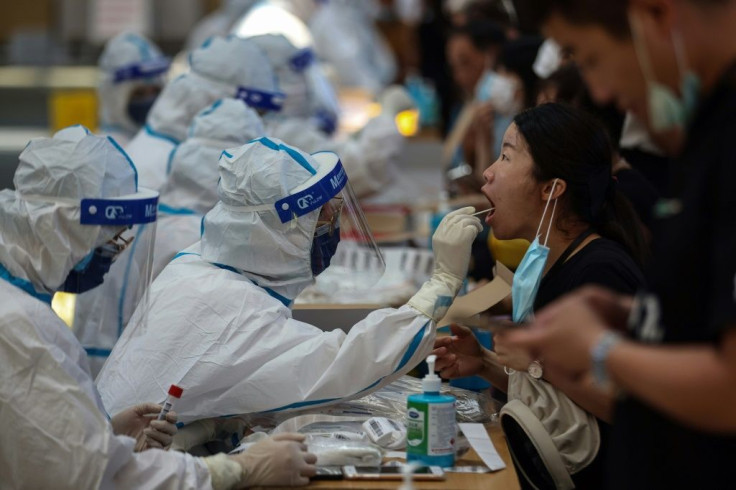China Could See COVID-19 Waves Every 6 Months: Report

China's battle against the COVID-19 pandemic takes a new turn as researchers predict recurring infection cycles every six months in the absence of COVID-19 restrictions and the dominance of highly infectious variants. Although not unexpected, these rolling waves of infections carry the inherent risk of new and potentially more severe variants emerging, posing further challenges to containment efforts.
Ali Mokdad, an epidemiologist at the Institute for Health Metrics and Evaluation at the University of Washington, acknowledged the inevitability of repeated infections with the virus in a report published in the journal Nature. However, the concern lies in the possibility of a new variant emerging that can rival and surpass the current ones in terms of severity.
The current surge in China is primarily attributed to a highly infectious subvariant of Omicron known as XBB.1.5, first identified in India last August. Respiratory physician Nanshan Zhong warned that by the end of this month, as many as 65 million people could be infected per week.
China has achieved a commendable vaccination rate, with over 90% of the population vaccinated. However, immunity is waning, and XBB has the ability to bypass the protection provided by vaccines and prior infections. While XBB has not yet caused a significant rise in hospitalizations and deaths, the sheer number of infections places strain on China's healthcare system.
The XBB variant has also caused minor waves in other parts of the world, such as Singapore and the United States. This pattern is observed globally, but its impact is more pronounced in China due to its large population.
Yunlong Cao, an immunologist at Peking University, and his team have discovered that antibodies generated against previous Omicron variants BA.5 and BF.7, which were dominant during the December wave in China, provide approximately four months of protection against strains like XBB1.
The highly transmissible nature of XBB has been observed in previous COVID-19 surges around the world. It spreads rapidly and becomes the predominant variant much faster than its predecessors.
In contrast to the previous wave, which saw over 200 million infections in China within 20 days, the current wave is expected to last several months. This elongated wave is attributed to differences in individuals' immune backgrounds, such as antibody levels. A flatter wave with a more gradual rise and fall would alleviate the burden on healthcare systems.
With China no longer publicly reporting COVID-19 case counts, the exact number of infections during this wave remains unclear. However, estimates suggested that at least 30% of the population, exceeding 400 million people, could experience reinfection.
Experts emphasized the importance of a robust surveillance system to monitor emerging virus variants. Ongoing infection cycles necessitate vigilance, as the emergence of a new variant with characteristics similar to XBB could have severe consequences.
Additionally, tracking the virus's evolution enables scientists to update booster vaccines accordingly. Chinese cities such as Beijing and Shanghai have already initiated quadrivalent COVID-19 booster shots, designed to provide broad-spectrum protection against various coronavirus variants, including XBB.
China is also actively developing vaccines specifically targeting XBB. While current vaccines offer good protection against severe disease and death, their ability to provide long-lasting protection against infection is limited. With the risk of repeated infections and the potential for long COVID, vulnerable populations, such as older adults, remain at risk of severe illness.



























